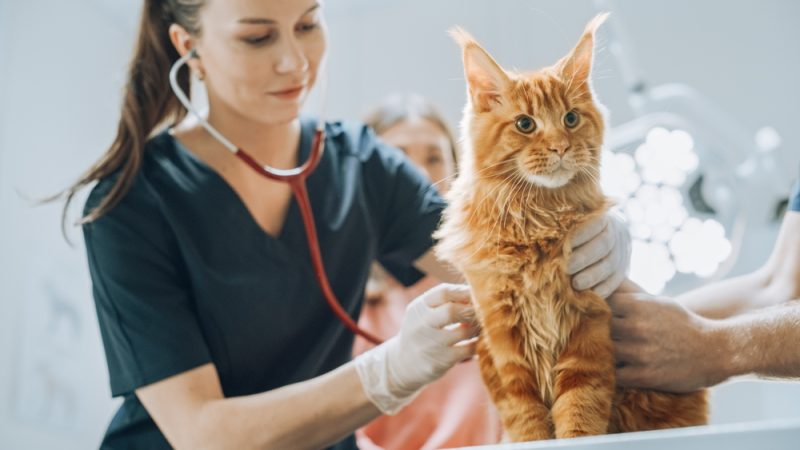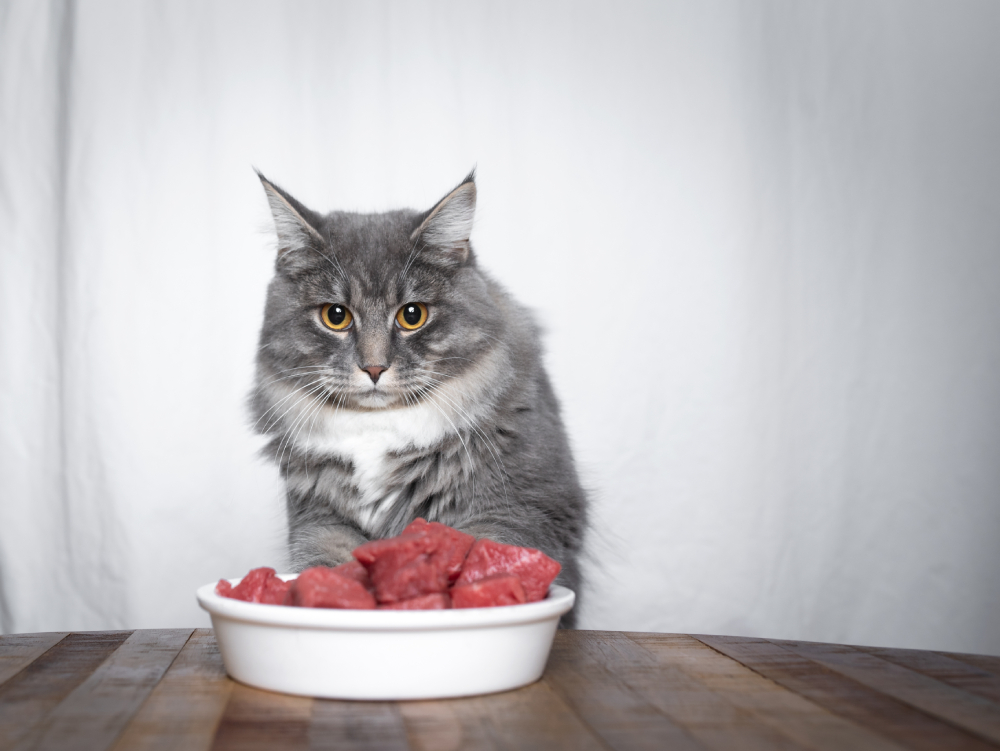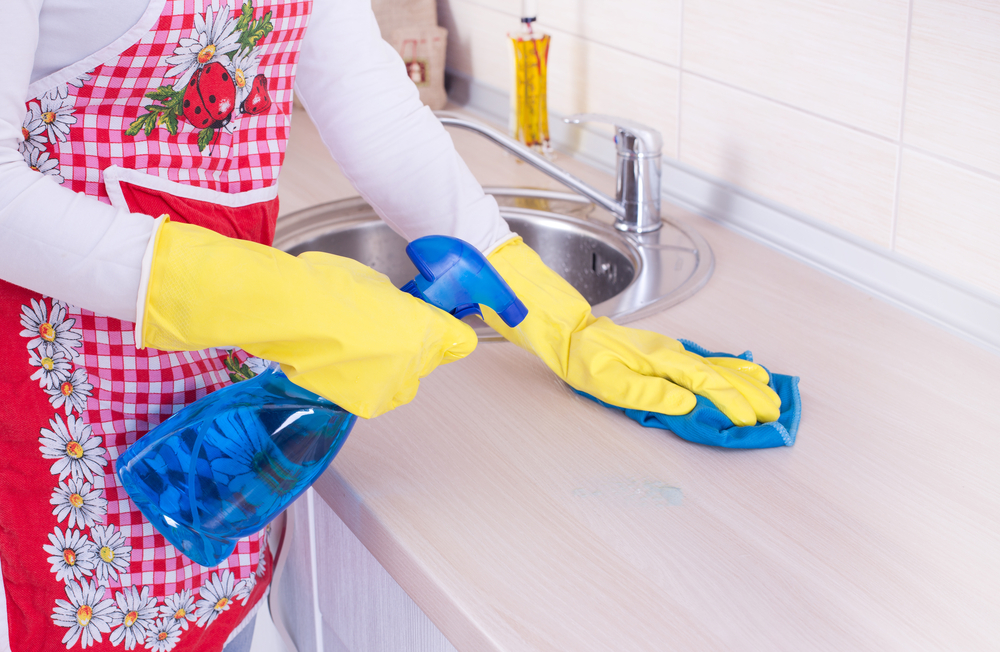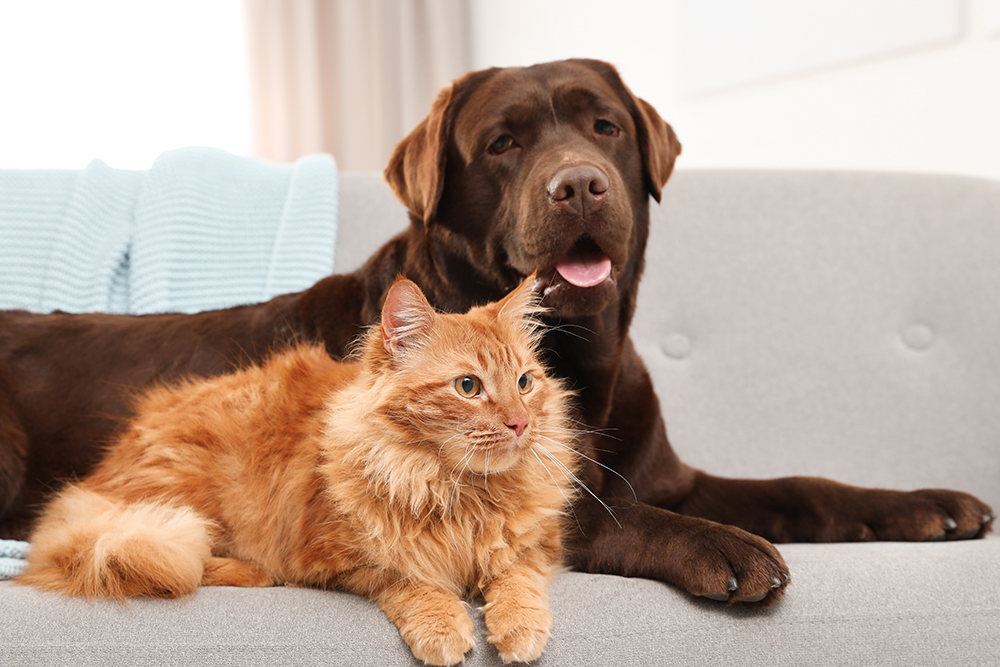Many pet parents love to explore fresh homemade treats for their cats. In fact, research shows that most pet owners want to provide equal, and in some cases, more prioritize buying healthy food for their pets.1
The process, however, can be quite frustrating for those new to the concept. Understandably, it is difficult to find a reliable diet, but many owners also believe that switching can be too expensive. Interestingly, although homemade diets often cost slightly more than commercial dry foods, they are actually more economical than commercial canned foods.2
As more owners explore the world of fresh diets for their pets, it’s important to remember a few rules. If you want to know about such a diet for your pet, read on as I highlight the basic principles of such a dietary change.


The 10 New Diet Basics for Cats:
I consider these basics as basic rules for home diets. While not all of these may apply to you, it’s good to have a list of expectations so no one catches you off guard.
1. Put Your Health First
Due to the fact that most home diets for cats include raw meat or some raw ingredients (more on this in a moment), remember that there are times when such situations may not be safe for to you Pregnant women (or those planning to become pregnant), immunocompromised people, the elderly, young children, and certain other age groups or categories of individuals should not be near or handle raw meat. It is best to discuss this with your health care provider in more detail before switching your cat to such a diet.
Alternatively, let your veterinary nutritionist know your circumstances so they can prepare only cooked diets for your pet.
2. Put Your Cat’s Health First, Too!

This may come as a surprise, but not all cats are candidates for a raw diet! Many diseases, illnesses, and conditions in cats can limit their ability to handle or use raw food properly. You should always have your cat checked by your vet before you change their eating style.
It’s also important to have your vet do lab work for your cat regularly. These include blood tests, weight tests, body condition score tests, urine tests, and possibly stool tests. Determining which tests are best and most relevant for your cat is at the discretion of your veterinarian. While your cat may not need all of these tests, it’s good to have a realistic expectation of what your vet might recommend for them.
3. Choose Your Pet’s Nutritionist Carefully
Note that there are many animal nutrition courses for pet owners out there. They do not follow the same syllabus or include all aspects that veterinarians learn when specializing in animal nutrition.
The fact that there is a large medical component when it comes to figuring out what to feed your cat means that it is important to make sure that your diet is formulated by someone who is also a veterinarian. Always remember that your pet is a unique biological entity, and as such, they will do best on a diet formulated by someone who is up-to-date with their health and medical status.
Being well-informed about cat nutrition is a wonderful thing, but if someone is a cat (or even dog) nutritionist without being a veterinarian, they don’t have all the necessary knowledge to develop a diet for pets with specific conditions or requirements.
I do not say this to denigrate or disparage individual feline and canine nutritionists but not veterinarians. I think the fact that more individuals are looking to learn about cat and dog nutrition is a wonderful thing. Rather, I say this from the point of view that your pets deserve the best and you have a big role to play in their nutritional welfare. Whatever foods you choose to make for your cat, make sure they have both the veterinary and nutritional credentials your pet deserves.
4. Prepare For The Raw

When it comes to preparing home diets for your cats, raw meat remains the best choice for beginners. This is because cooking, baking, boiling, grilling, steaming, or grilling meat in any way greatly reduces its nutritional yield.
While it is possible to cook home-cooked meals for cats, a few seconds too much cooking time or a few degrees above the recommended temperature (factors often out of our control) can make or break the diet, resulting in a pet that is unintentionally malnourished.
Cooked diets almost always require the addition of multivitamins, multi-minerals, or other such supplements to ensure they are nutritionally adequate for your pet. This can be discouraging for those eager to explore a “natural” diet, as adding supplements can seem unnatural to an extent.
In addition, most people interested in fresh diets for their pets are keen to follow the most biologically appropriate nutritional profile. For cats, it is a raw diet.
5. Meat Sourcing
I highly recommend getting meat intended for human consumption. It is also best to choose raw meat that has undergone some type of quality control or testing, such as raw meat pasteurization. As a rule of thumb, if you wouldn’t buy it for yourself, you shouldn’t buy it for your pet either!
6. Cleanliness

Hands should be washed thoroughly (for at least 20 seconds with a disinfectant soap) and dried before and after handling raw meat. In addition, any surface used to cut meat should be washed with hot water and disinfectant soap.
7. Separation
Ideally, a variety of cutting boards, knives, bowls, and utensils should be used for the meats you prepare at home. They should not be used with or stored with other kitchen utensils, bowls, or utensils that you use for other types of food (such as vegetables).
8. No Cat!
The kitchen is one of the most dangerous places for a pet cat, as they can easily jump on the counters. Cats are inquisitive by nature and may sample things in the kitchen that they shouldn’t eat. A cat on the counter is also at risk of injury from kitchen utensils or sharp objects (such as knives). Therefore, it is strongly recommended not to allow your cat in the kitchen.
This is a general guideline that I recommend for anyone even if they don’t make food for their pets at home.
9. … And No Other Pets, Either
This is a natural extension of the previous point. Like cats, other pets shouldn’t be allowed in the kitchen, either. If you have dogs, ferrets, or other carnivorous pets, they might not think twice before trying to sneak some food for your cat off the counter.
Even non-carnivorous pets can sometimes taste the food intended for your pet cat. This is because many pets are naturally curious and often form social bonds with their caretakers; they may be interested in eating whatever you prepare, even if it’s not good for them.

10. Keep Your Expectations Realistic
Finally, although natural diets can be very beneficial for some pets, most of the benefits of such diets are still considered anecdotal and not fully proven by research. Because of this, it’s important to keep your expectations realistic. Yes, your cat can benefit from such a diet. However, thinking that such a diet will cure a disease (or make your cat immune to diseases) is a stretch! In addition, it is important to remember that the process of dietary transition is slow, and therefore, the expected results from such a diet will also last a long time.


Conclusion
And that does it for my 10 basic rules for those new to the world of fresh homemade diets for their cats (or other pets). Naturally, there may be other rules that may apply to your circumstances. However, they probably cover most of the relevant bases when it comes to the wonderful world of homemade nutrition for our pets.
Featured image credit: LightField Studios, Shutterstock


